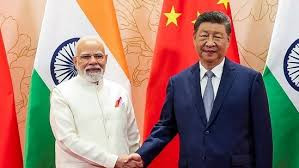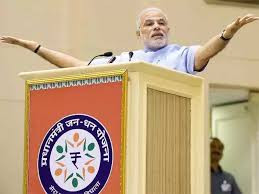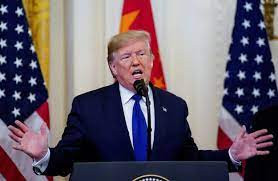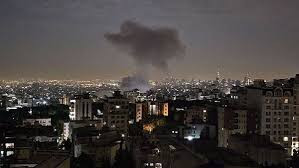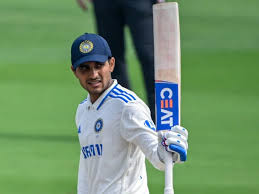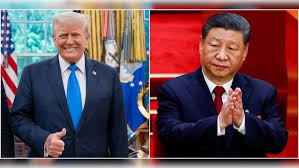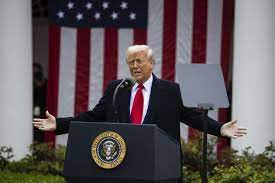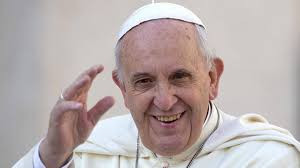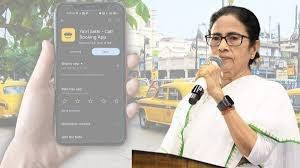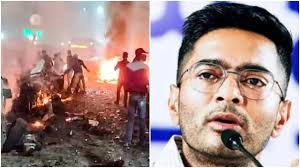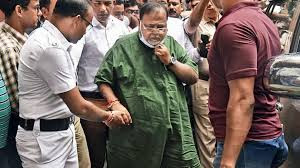Congress Eyes Revival at Ahmedabad: A Historic Session with a Future-Forward Focus
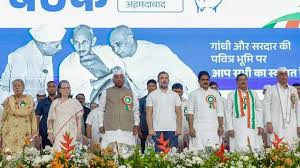
IIE DIGITAL DESK : Indian National Congress convenes for its All India Congress Committee (AICC) session in Ahmedabad, the gathering carries both historic symbolism and strategic urgency. Taking place in Gujarat after a gap of 64 years, this is not just another meeting of party delegates, but a clear indication that the Congress is consciously revisiting its ideological roots to chart a course for political renewal. The venue, steeped in the legacy of Mahatma Gandhi and Sardar Vallabhbhai Patel, provides a compelling backdrop for a party looking to reconnect with its foundational values while navigating the volatile currents of modern Indian politics.
The choice of Ahmedabad is deliberate and layered. Gujarat has remained a BJP stronghold for over two decades, and the Congress has struggled to find political relevance in the state despite occasional spurts of mass mobilization. Holding the AICC session in the heart of this political terrain is an act of symbolic defiance but also of introspection. The Congress leadership, led by Mallikarjun Kharge, Sonia Gandhi, Rahul Gandhi, and Priyanka Gandhi, is aware that slogans and nostalgia are no longer sufficient. What is needed now is a complete recalibration of strategy, messaging, and ground-level engagement.
Among the key items on the agenda are organizational reforms, grassroots mobilization strategies, and the reinforcement of constitutional values under threat from what the party describes as an increasingly authoritarian central regime. Rahul Gandhi has already signaled a willingness to begin a full-fledged structural revamp starting from Gujarat. This includes empowering booth-level workers, investing in digital communication, and building alliances with like-minded parties to counter the formidable electoral machinery of the BJP.
The Congress’ proposed “Samvidhan Bachao Rashtriya Padayatra,” to be launched following the session, is designed as both a symbolic and practical exercise in public engagement. With it, the party seeks to highlight issues such as unemployment, inflation, social polarization, and alleged attacks on democratic institutions. Whether this padayatra can recreate the momentum of previous mass campaigns remains uncertain, but it reflects an understanding within the Congress that winning elections is no longer just about top-down rhetoric—it is about sustained on-ground presence and credibility.
The presence of seasoned veterans alongside younger voices at the session also points to an internal balancing act. While Kharge provides stability, there is a clear effort to give space to emerging leaders who can resonate with younger voters. The party’s willingness to hold open discussions on electoral strategy, digital outreach, and state-specific challenges shows a shift towards a more consultative internal culture, which many say was long overdue.
The Ahmedabad session, however, is also a test of sincerity. The Congress has often been accused of being a party of good intentions but weak follow-through. The real work will begin once the banners are taken down and the media spotlight dims. The challenge lies in translating lofty resolutions into district-level movements, in turning speeches into sustained action, and in ensuring that unity on stage reflects genuine cohesion on the ground.
What remains clear is that the Congress can no longer afford to operate on inertia. The political climate of India in 2025 demands clarity, consistency, and courage—qualities the party must now embody not just in word but in deed. If Ahmedabad marks the beginning of a serious internal overhaul and renewed commitment to people-centric politics, then the session may be remembered not just for its location but for its long-term impact on India’s democratic landscape.
You might also like!


